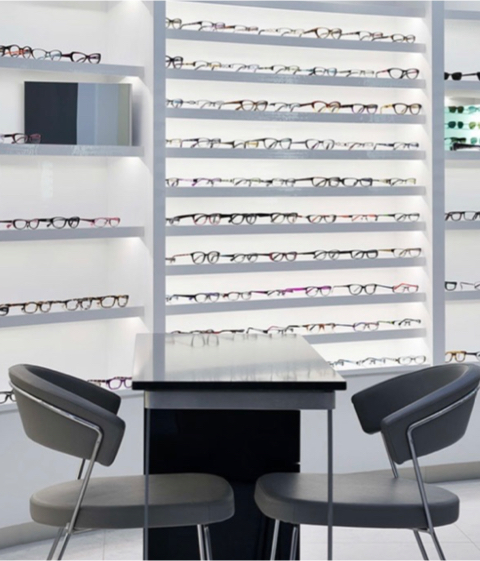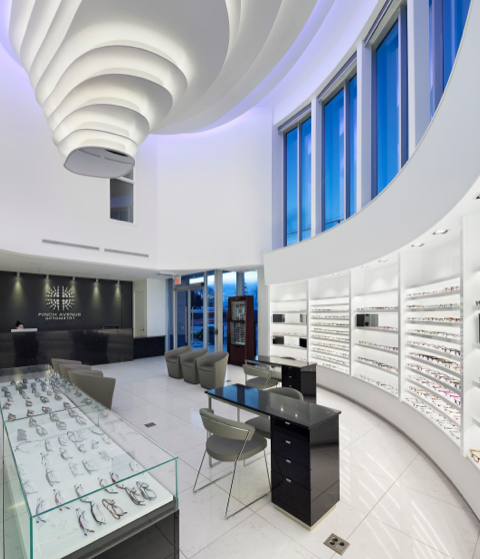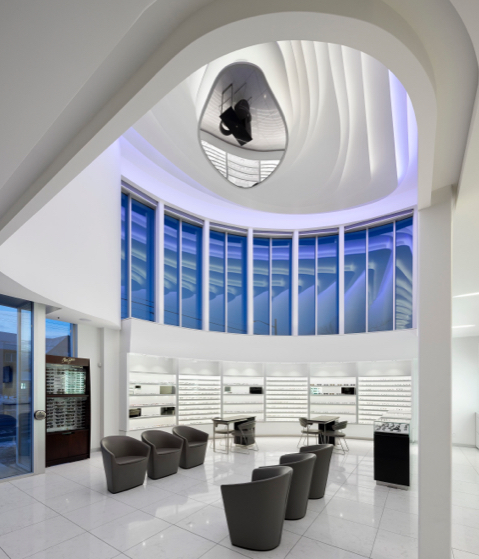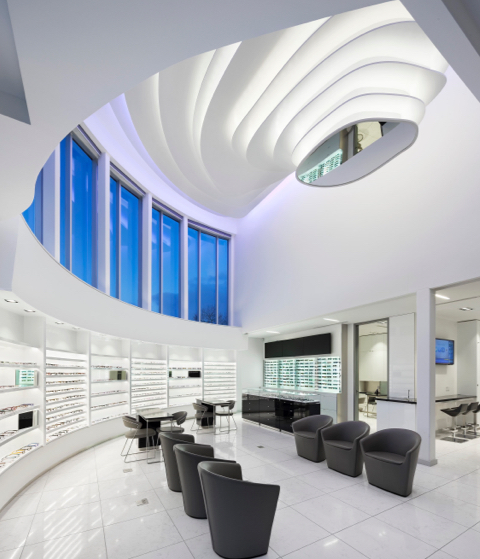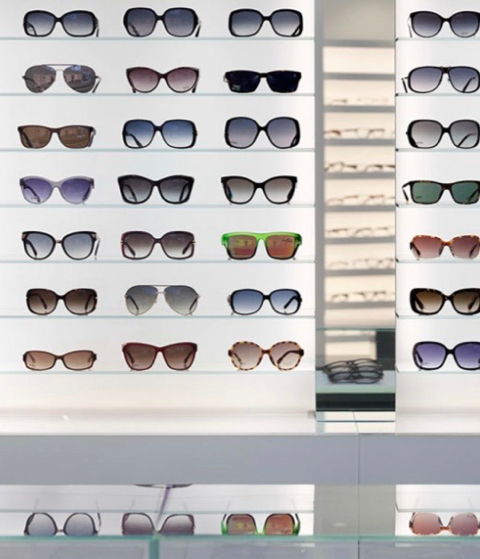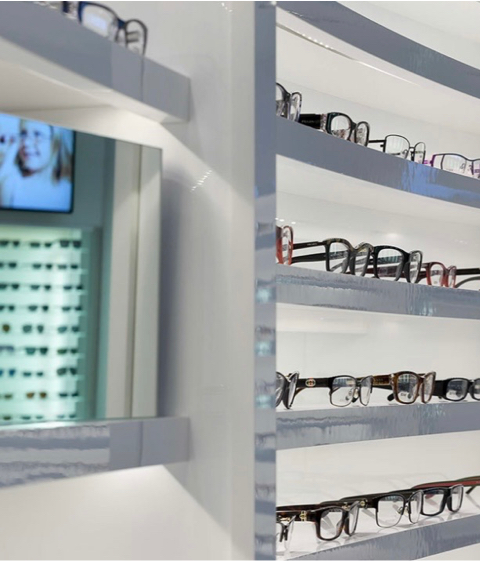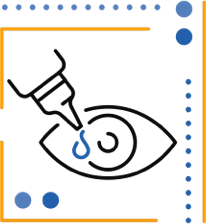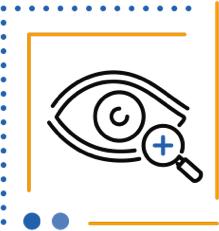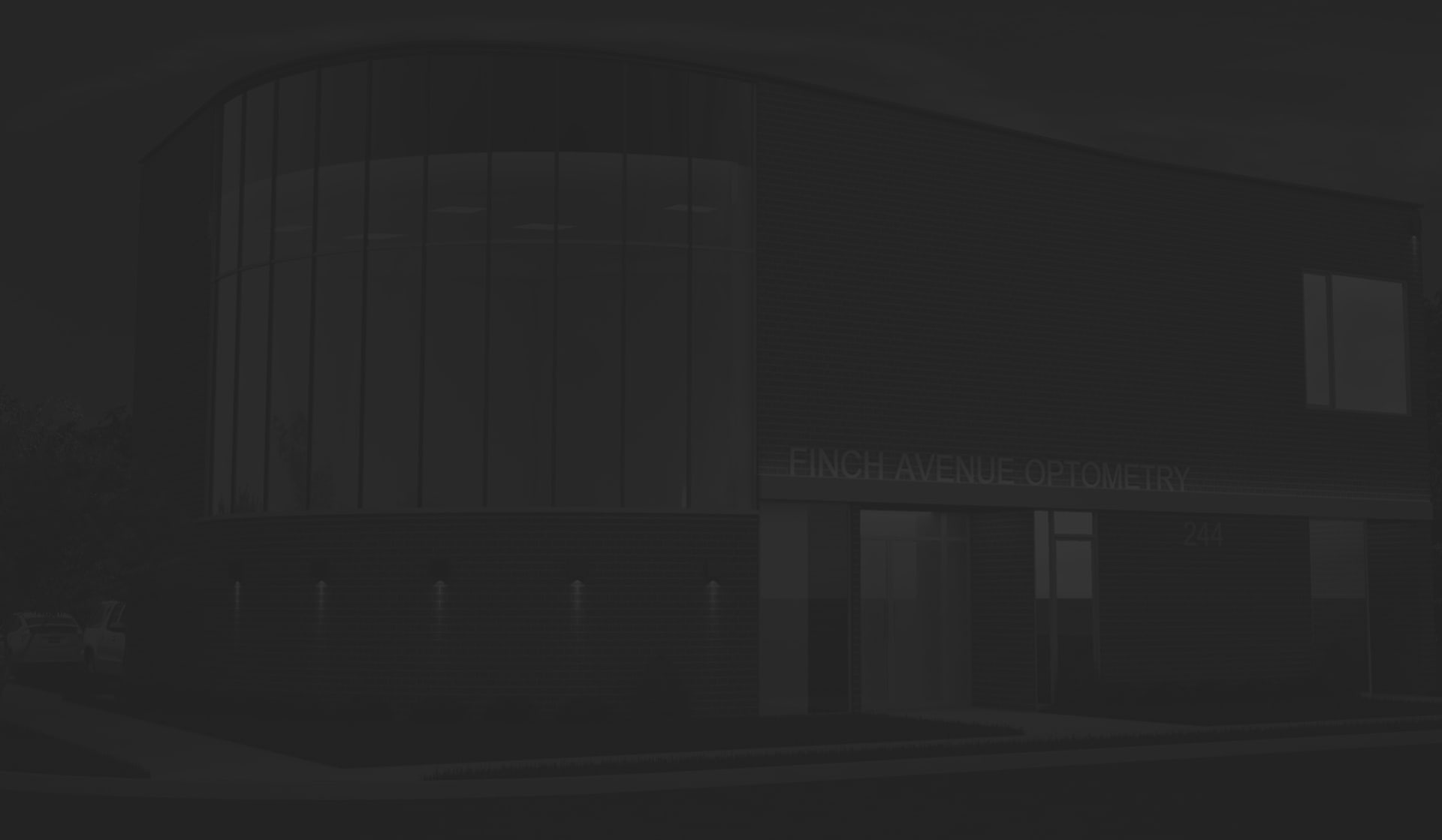Determine the Root Cause of Your Dry Eyes
Dry eyes can be more than an annoyance—they can damage the eye’s surface. There can be many causes of dry eye, but we can help diagnose the cause of your condition.
Visit Finch Avenue Optometry, and we can identify what’s causing your irritation. Our team is here to help you find long-term relief from dry eyes.
What Is Dry Eye?
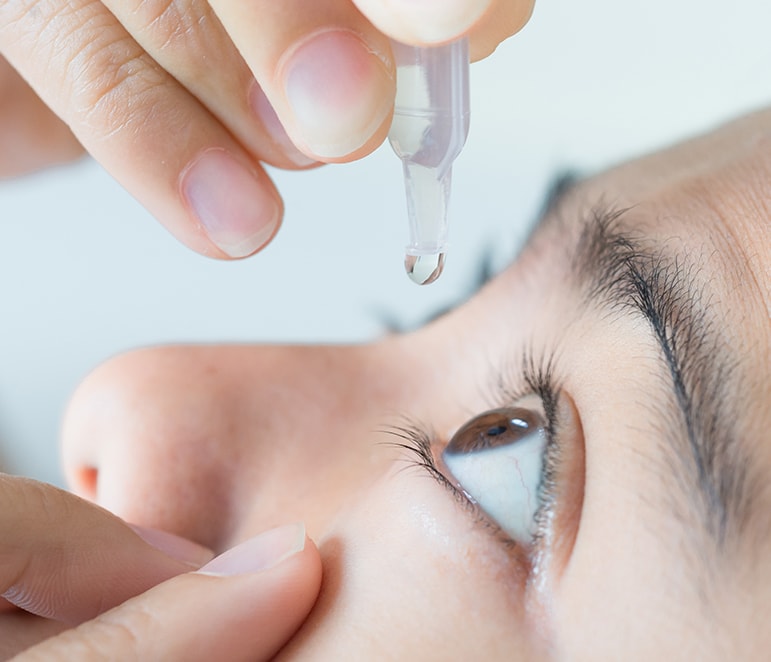
Dry eye is a condition where your tears cannot effectively lubricate your eyes, causing discomfort. Your eyes become dry when issues arise in the tear film, which has 3 layers (mucus, water, oil) that work together to protect and care for your eyes.
The mucus layer keeps tears fastened to your eye’s surface, water hydrates the eyes and protects against bacteria, and the oil helps stop tears from evaporating too quickly.
Without proper hydration, your eyes become dry, leading to several symptoms, including:
- Gritty, scratchy, or uncomfortable eyes
- A burning, scratching sensation in the eyes
- Foreign object sensation
- Blurry vision
- Watery eyes

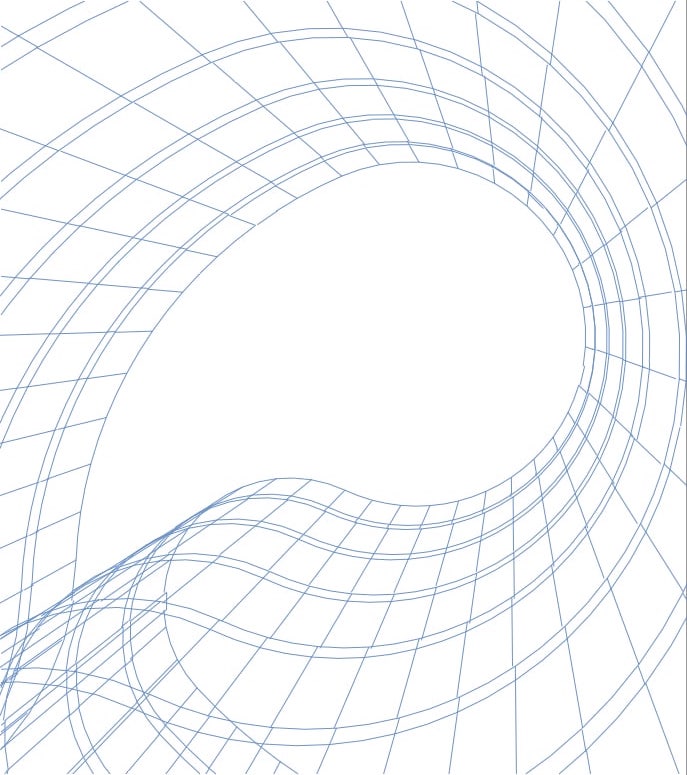
What Causes Dry Eye?
Dry eye is a multifactorial condition, meaning there may be several reasons for your discomfort. While many factors can contribute to dry eye, it typically occurs due to problems with the tear film. The 2 common types of dry eye are decreased tear production and increased tear evaporation.
Decreased Tear Production
Decreased tear production occurs when your body does not make enough water for your tears. This condition is common with age, but other factors can contribute to it, including:
- Certain medical conditions like Sjogren’s syndrome
- Certain medications like antihistamines, antidepressants, & pain relievers
- Desensitized corneal nerves
Increased Tear Evaporation
Increased tear evaporation happens when your tears evaporate faster than they should, causing dry eyes. This problem commonly occurs because of issues with the meibomian glands, the glands necessary for creating the oily layer of the tear film. Without enough of this oil, your eyes become dry and irritated.
Causes of increased tear evaporation include:
- Meibomian gland dysfunction
- Infrequent blinking
- Eyelid problems like entropion & ectropion
- Eye allergies
- Preservatives in over-the-counter eye drops
- Wind, smoke, or dry air
- Vitamin A deficiency

How We Diagnose Dry Eye
We use different technologies during your assessment to diagnose dry eye. Our team may use anterior segment photography or meibography during your eye exam.
Anterior Segment Photography
Anterior segment photography is a noninvasive procedure that provides high-resolution images of the front third of the eye. The images allow your optometrist to study the anterior segment structure and identify signs of eye conditions.
Meibography
Meibography is a procedure used to observe the meibomian glands. We can detect and diagnose eye conditions such as meibomian gland dysfunction and blepharitis using this technology.
OCULUS Keratograph 5M
The OCULUS Keratograph 5M is a noninvasive color camera and imaging system. The technology can efficiently detect and analyze image data, providing the ability to compare treatment results over time.
Moreover, the OCULUS Keratograph 5M offers a wide range of tests, including the evaluation of tear break-up time, lipid layer quality, tear quantity, as well as the condition of the meibomian glands.
TearLab
The TearLab device is used to analyze the osmolarity of tears, measuring their “saltiness.” By obtaining a small tear sample from each eye, the test determines if hyperosmolarity, an increase in tear osmolarity, is occuring.
Overly salty tears can indicate a problem with poor tear flow or a sing that tears are evaporating too quickly, resulting in the tear film thinning.
InflammaDry
InflammaDry is a quick, in-office test that can accurately detect MMP-9, an inflammatory marker that is elevated in patients with dry eye disease.
Using the InflammaDry device, we collect your tear sample and within 10 minutes, a blue or red line appears to signify a positive or negative result.
Find a Dry Eye Treatment Plan
Dry eyes are not something you’re stuck with—we can recommend a customized treatment plan for your needs. We have a variety of treatments available, from at-home, in-office treatments, to our eye spa.
Book an appointment, and find a dry eye treatment plan for your unique needs.
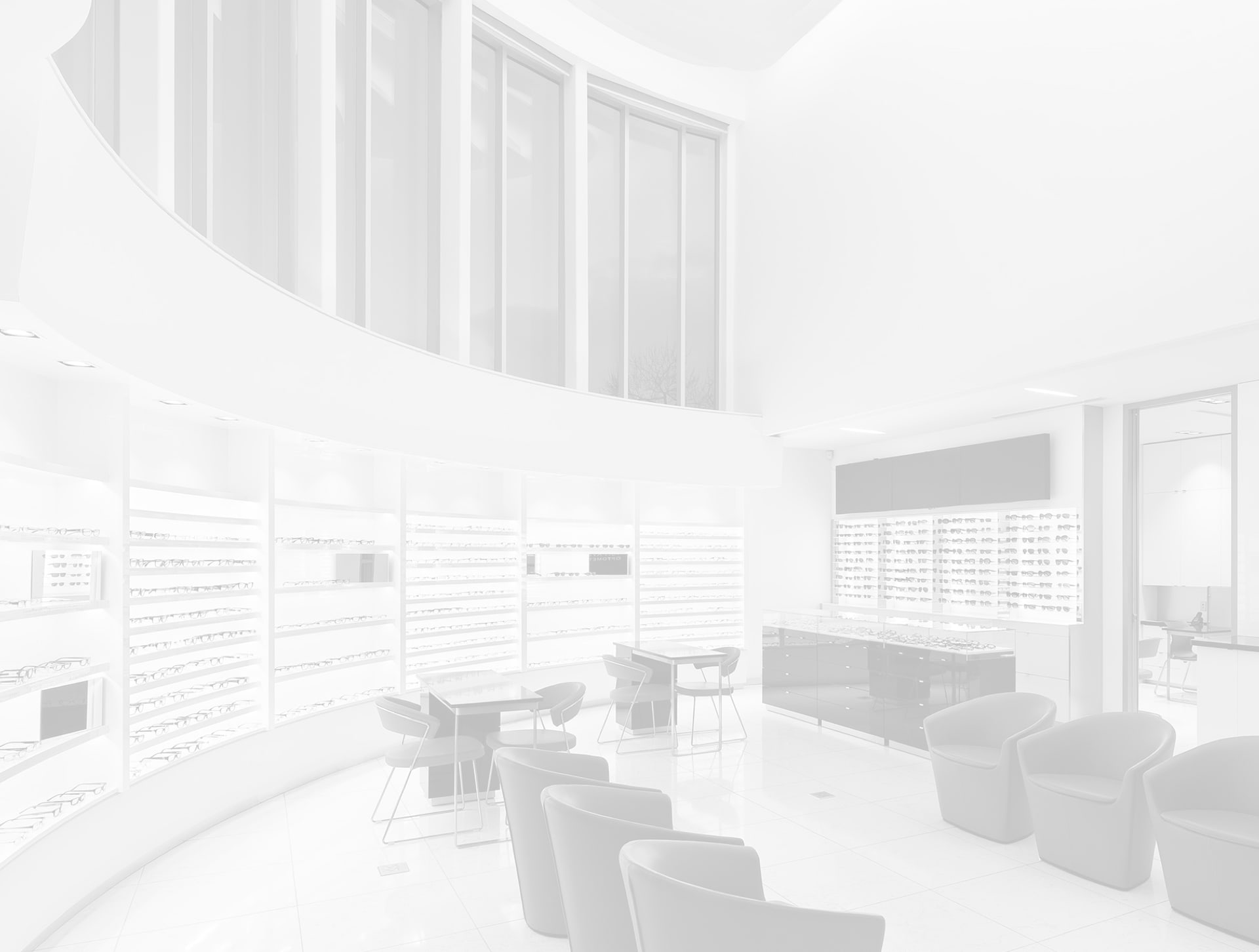
Browse Our Brands

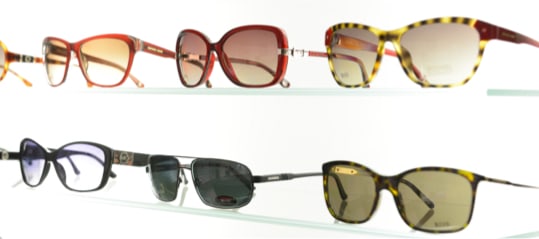
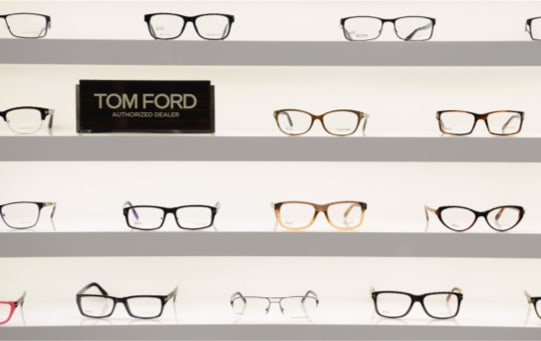






Our Location
Our clinic is right on the corner of Finch Avenue West and Endell Street. Convenient parking is available in our lot off Endell Street, right behind our office.

Our Address
- 244 Finch Avenue West
- Toronto, ON M2R 1M7
Contact Information
- Phone: 416-222-7788
- Fax: 416-222-5370
- Email: info@finchavenueoptometry.ca
Hours Of Operation
- Monday: 9:00 AM – 5:00 PM
- Tuesday: 11:00 AM – 7:00 PM
- Wednesday: 8:00 AM – 4:00 PM
- Thursday: 9:00 AM – 5:00 PM
- Friday: 8:00 AM – 4:00 PM
- Saturday: 8:00 AM – 2:00 PM
- Sunday: Closed
*Our operating hours may vary, and our office remains locked during regular business hours. All visits are currently by appointment only. Please refer to our Google business page for the updated information or contact us directly to schedule an appointment.


